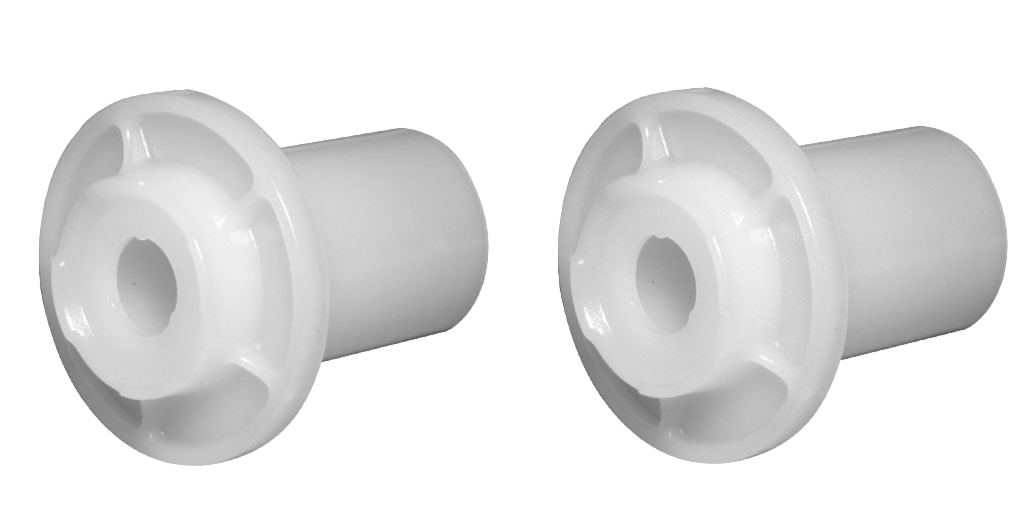
Diaphragm flushometer assemblies are reliable, and efficient, and offer numerous advantages over piston flushometers in a wide range of operating conditions, such as in the presence of high chloramine concentrations or abrasive water. Diaphragm flushometers also offer generally superior sealing mechanisms and wear surfaces than piston flushometers.
But this doesn’t make them immune to fault or failure, and being able to diagnose the problem is the first step towards fixing it. Before you settle on a diaphragm kit as the solution to a flushometer problem, consider the following.
1.Won’t flush
For diaphragm flushometers, there are several reasons that the unit won’t flush that might be attributable to the diaphragm itself.
Two of the common causes (which are related to flushometer diaphragms) are the use of a diaphragm of improper GPF rating or failure to properly tighten the cover (for dual filtered bypass diaphragms).
It is, however, important to remember that failure to flush can be the result of low line pressure; if this is the case, replacing the diaphragm with a kit may not fix the problem.
2.Flush length is either too long or too short
If the flush length is too short, it could be a result of the diaphragm assembly being worn or old. It is also possible that a low-consumption diaphragm assembly can cause a short flush, especially when installed in a water-saving fixture.
If the flush length is too long, it could be a result of a clogged diaphragm bypass orifice. Removing and rinsing the diaphragm and rings may solve this problem. (If cleaning doesn’t work, replacement may be necessary).
A long flush length can also be caused by the use of a water-saver assembly in a low-consumption fixture. Installing an assembly with the proper GPF may solve this problem.
3.Won’t stop running
There are several conditions that can cause a diaphragm flushometer to continuously run. One cause is a line pressure drop, in which case the diaphragm assembly itself will not be at fault. Another could be that the solenoid is stuck open.
However, if the diaphragm bypass is clogged or there is debris under the diaphragm, it will likely continuously run. In this case, the diaphragm will need to be removed or cleaned.
It is also possible that the assembly is compromised and will need to be entirely replaced.
4.Water is splashing
Water splashing out of a urinal is dangerous and unsanitary and may be the result of using an improperly rated diaphragm assembly for a specific fixture.
The diaphragm flush volume should match the valve. If it is misaligned, it can cause splashing and spilling during flush cycles. Installing the parts that are appropriate for the flush volume can be an effective fix for this problem.
Need a Diaphragm Kit?
If you determine that the problem with a flushometer is attributable to the use of the wrong parts, or that a diaphragm has been compromised, a diaphragm kit can constitute a quick, affordable fix.
For a wide range of genuine diaphragm kits and parts from Delany, Delta, Gerber, Sloan, Zurn, and others, visit Quality Plumbing Supply online at QualityPlumbingSupply.com.


